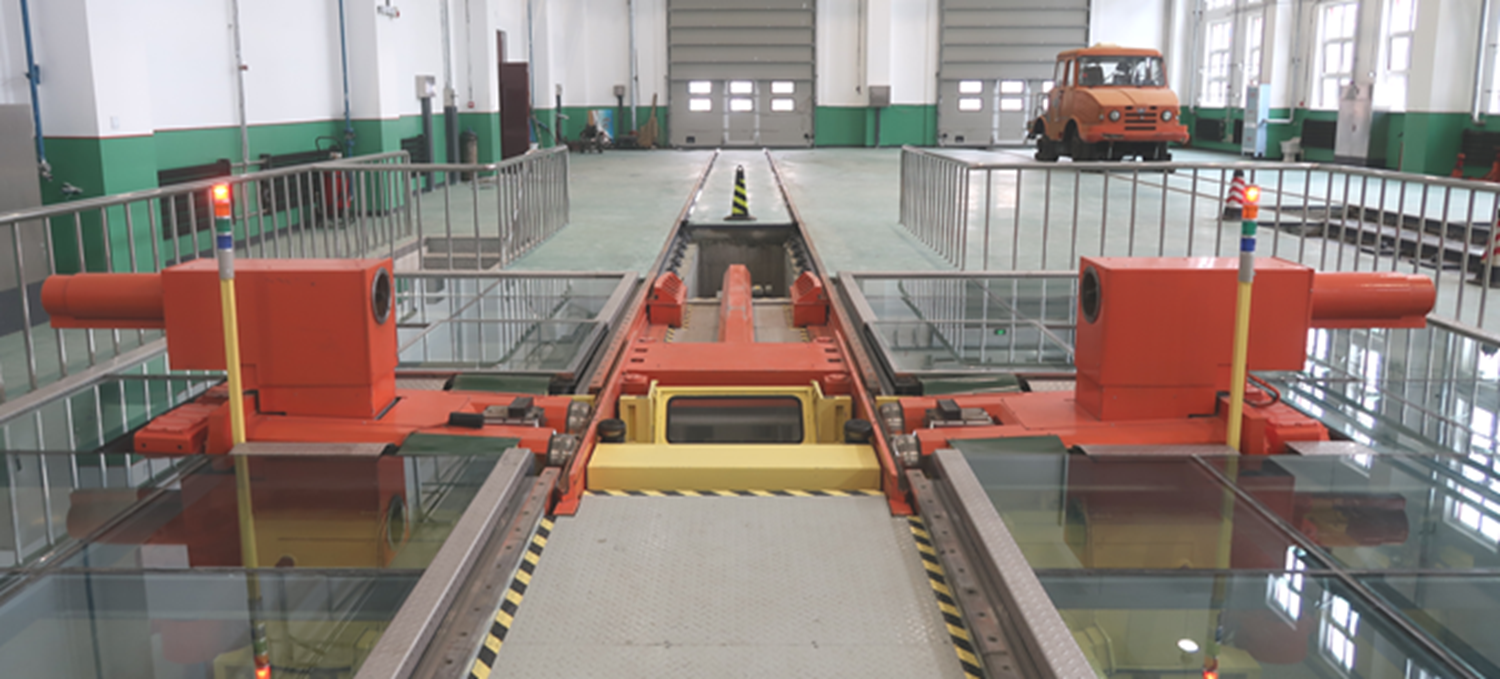What is Harbor freight wagon and it’s uses?
The harbor freight wagon used to convey cargo is called a freight cart, sometimes called a goods wagon. The majority of early freight cars were composed of wood. About 1896 saw the introduction of the first all-steel automobiles, which within 30 years mainly had superseded the earlier wooden models. The open-top, boxcar, and flatcar are the three fundamental types of freight cars that have been in use since the early 1800s. Modern freight cars come in a wide range of sizes and shapes.
Gondolas or hoppers are examples of open-top vehicles. Hoppers contain many discharge hatches or a collapsible bottom for rapid emptying and are used to convey bulk materials like coal, gravel, and grain. Transporting manufactured products, gondola carriages have fixed bottoms and unload from above using a crane. Transporting manufactured goods that need to be shielded from the environment and theft requires using boxcars and enclosed vehicles with sliding doors on the sides. Boxcars that are particularly refrigerated and extensively insulated for long-distance transportation of fresh or frozen meals are known as refrigerator cars. Another typical boxcar is the stock wagon, which has slatted sides and is used to move cattle, lambs, and other types of livestock.
Goods or freight wagons, often called goods trucks, freight trucks, freight carriages, or freight wagons, are unpowered railway vehicles used for carrying cargo (freight cars in North America). Many types of wagons are used to transport various kinds of commodities. Still, all goods wagons in a regional network typically have standardized couplers and other connections, including air brake lines, allowing varied wagon types to be put together into trains. In North America, a business reporting mark and a company-specific serial number are frequently provided to goods wagons as a unique identifier for tracking and identifying purposes.
In 1850, private enterprises introduced specialized wagons for particular uses or with distinctive features. Among them were numerous refrigerated vans and tank trucks. In nations like Germany, wagon rental businesses bought many of these wagons and rented them to end users.
Like any other industry, logistics has its vocabulary and terminology. The term "freight" is one such instance. Logistics classifies anything or object moved in quantity by air, land, rail, or sea as freight. To clarify what freight is, examining the differences between load and cargo and the contrast between freight and shipping can be helpful.
At first appearance, the terms freight and cargo seem interchangeable. Even though the phrases are synonymous, load refers to the exportation of products, usually by ship or airplane. The term "freight" describes the movement of products by truck or rail. The issue is that cargo might be referred to as freight when any mode of transportation conveys it. Moreover, shipments can be transported by freight but not the other way around. Hence, "freight" can be employed as a verb or a noun. Another distinction is that freight is always a commercial load, whereas cargo may not necessarily be of economic value.
Visit lontronrail.com to learn more about harbor freight wagons.
Keyword Tag: rolling stock, railroad car, railcar, freight car, flat wagon, flat wagon cart, railway wagon, train wagon, wheel defects in railway, Weld Flaw Detector, train bogie, railway bogie, articulated bogie, harbor freight wagon, wagon harbor freight, harbor freight carts and wagons, freight wagon, wagon freight, Portal wheel lathe, railway carriage, railway carriage for sale, train carriage for sale, Ultrasonic Weld Flaw Detector, underfloor wheel lathe, underfloor wheel lathes railway, underfloor wheel lathe machine, bogie y25.


Comments
Post a Comment